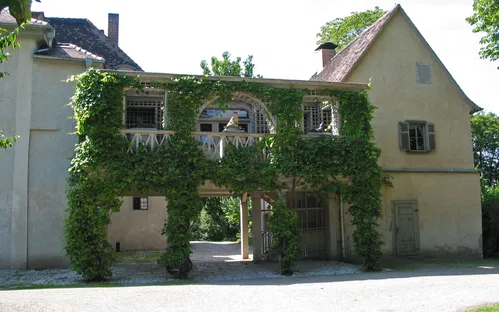Tiefurt House and its collection
Tiefurt Castle is a quaint castle situated on the banks of the Ilm River. It is nestled in the village of Tiefurt, which is approximately four kilometers away from the heart of the city of Weimar. This location makes it a peaceful retreat away from the bustling city center, yet close enough for easy access.
Historical Significance of Tiefurt Castle
Tiefurt Castle holds historical significance as it served as the summer residence of Duchess Anna Amalia. In recognition of its cultural and historical value, it was declared a UNESCO World Heritage Site in 1998. It is part of the group of buildings known as Classical Weimar, which are celebrated for their architectural and cultural contributions.
Tiefurt Castle as a Museum
Since 1907, Tiefurt Castle has been functioning as a museum, offering visitors a glimpse into the past. Between 1978 and 1981, the castle underwent renovations to restore the interiors to their early nineteenth-century style. The first floor of the castle was also restored to reflect the succession of rooms from the time of Duchess Anna Amalia, providing an authentic historical experience.
History & Anthropology Castle Historic house




















